Varroa Destructor is a parasitic mite that attacks honey bees and causes varroosis. It usually starts preying in the spring and, in order to protect bees, bee-keepers use various methods like strips with special synthetic chemicals, they spray hives, use organic acids or beneficial mites that fight against Varroa Destructor. But it‘s not their only worry, bees are also threatened by vandals and thieves.
Stealing hives from apiaries not only causes financial and emotional losses but also have negative impact on their owners‘ image. Bees are not stolen by common men, especially if the target are hives containing the most powerful bee families.
Sometimes, thieves do not go for the hives but bees and apiary equipment. Some do it just for the profit, they sell the repainted hives and accessories, others ‘ to enrich their own apiaries and count against their competition.
Bee-keepers complain of the police ‘ they say that inquiries are often closed due to the inability of finding the perpetrator.
If the apiary is not monitored and located in a secluded place, it‘s really hard to find the persons responsible for damage or theft. It‘s also almost impossible to catch them red-handed.
There is a solution, as bee-keepers may set a trap to protect their apiaries and catch dishonest honey enthusiasts.
The SpyPoint MMS trail camera for monitoring apiaries. Thanks to this device as many as four bee-keepers can receive notifications each time something disturbing is happening in their apiary.
All you need to do is purchase a trail camera for apiary monitoring, or a few devices to monitor a larger area.
They enable observation of hives in real-time and inform when an intruder enters the monitored area ‘ this gives a chance for quick reaction and protection of your property.
What are the main features of an effective trail camera for apiary monitoring?
Sending images and videos to a phone, an e-mail or FTP server. Camera for apiary monitoring instantly alarms a bee-keeper about an intruder. When motion is detected, it takes a photo or starts recording and then sends the footage to a bee-keeper who can immediately react by, for example, calling the police. If the thief manages to escape, the footage greatly enables their identification. The SpyPoint MMS camera sends text notifications to as many as four phone numbers. Devices without this option store footage in their memory that can be watched once back at the apiary. Then you also have the recorded evidence but cannot react this quickly.
Recording schedule and setting frequency of taking photos. Camera with recording schedule can be configured to work in time period set by a bee-keeper. This enables to spare capacity of a microSD card and power of its battery. It may stay in the standby mode not only during the scheduled time periods but also take photos in scheduled time (e.g. every five minutes) ‘ despite if there is anybody in the apiary.
IR illuminator. Thanks to it, the camera takes sharp photos and records in good quality, also at night. It‘s important that the IR illuminator diodes do not emit visible light, as it could help locate the camouflaged device. The IR illuminator should be of the similar range as the PIR motion sensor. It would be a pity, if after the dark, monitoring was limited by about 10 metres. The IR illuminator in the SpyPoint Force 11-D camera has the range of up to 30 m and 42 diodes emitting invisible light. In comparison, the SpyPoint MMS camera has as many as 62 diodes.
The adjustment of sensitivity of PIR sensors. Next to the hives there may be trees moving with the wind, that could activate the camera. Thanks to the ability of adjusting sensitivity of the PIR sensors, you may set them according to your needs and minimalize the risk of false alarms.
- Super quick response time. You may think that the time of one second to activate the camera is fast. So, what do you say for a response time of 0.07 second? That‘s how quickly the SpyPoint Solar camera with solar panel prolonging its operating time works ‘ though it does not send the footage to a phone.
- Footage archive and overwriting photos and recordings. The footage is usually stored on a microSD card with capacity defined by its manufacturer, like 32 GB. The memory is filled up depending on frequency of recording but also on quality of the footage as it determines the size of files. Not every model features the function of overwriting old data when the memory is full. If the device regularly sends images and recording to the beekeeper ‘ nothing gets lost. But if you forget to change the memory card or don‘t download the footage and the card is almost full, not viewed material gets overwritten. Unfortunately, restoring data that was overwritten from a memory card is not always possible.
Which trail camera for apiary monitoring to buy? In the article on cameras for observing and monitoring nature you can find devices with and without GSM module ‘ check how they camouflage and what options they have that help to protect from theft and damage of your apiary and also to find the perpetrators.





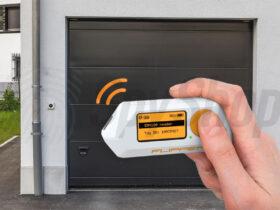
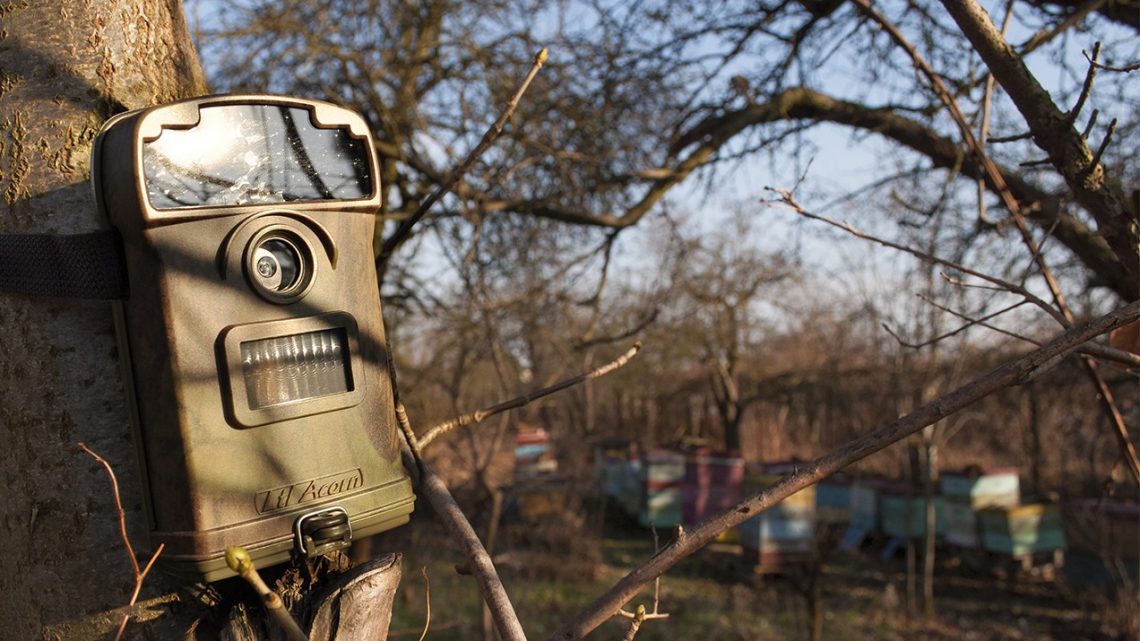

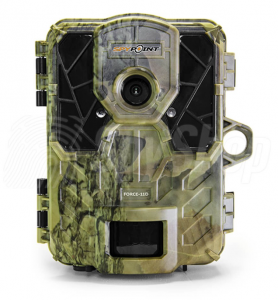
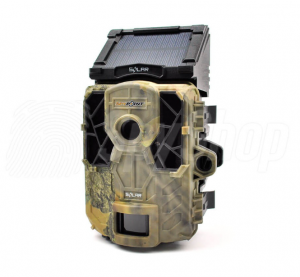
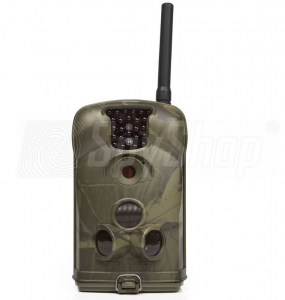




Leave a Reply